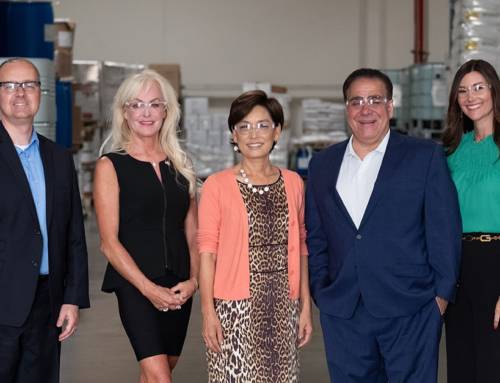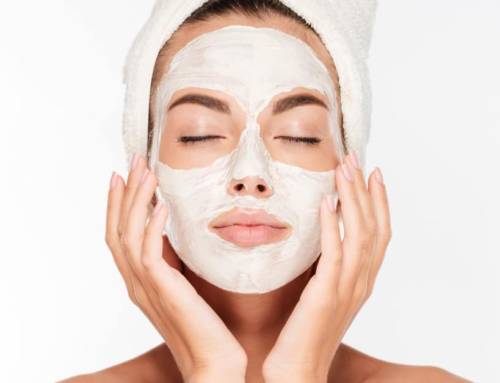The Uncertain Future of Glitter

What’s the concern?
Traditionally, glitter is made of etched aluminum or PET (polyethylene terephthalate.) Categorized as a “microplastic,” many eco-conscious consumers are now worried about the environmental impact glitter could have, after the sparkles are washed down the drain.
“There is currently no evidence specifically on glitter being bad for the environment…but it is likely that studies on glitter would show similar results to those on other microplastics,” Alice Horton, a research associate at the Centre for Ecology and Hydrology, told the Guardian.
Glittering allure
Despite their environmental concerns, consumers love glitter. Last year, 4.1% of color cosmetics launches contained glitter, up from 2.5% in 2017, according to Mintel, and Gen Z-ers and fashion lines especially love to use glitter for innovative, artsy makeup looks.
Scientists even position we might have an evolutionary need to seek out shiny, shimmery products, based on an ancient need for water – a surface that “glitters” in the light.
“Our preference for glossy might be deep-rooted and very human. It is humbling to acknowledge that despite our sophistication and progress as a species, we are still drawn to things that serve our innate needs–in this case, the need for water,” researcher Vanessa M. Patrick told Fast Company.
A sparkly conundrum
However, the competing desire for glitter and concern about environmental impact creates a Catch-22 for formulators. Consumers want the shimmer and glimmer of glitter, but also don’t want to damage the environment.
Business of Fashion notes the problem:
4.1% of color cosmetics contained glitter in 2018.
“Fashion and beauty brands are in a bind: Their customers demand glitter-infused products, but also want their purchases to be sustainable. And thanks to documentaries and articles about the dangers of microplastics and the Pacific Ocean’s garbage patch, plastic trash is the environmental villain of the moment,” writes Amy-Laurie Richards. “Complaints about the environmental cost of glitter can be found in the comments section of instagram posts promoting glitter product launches from brands such as Colourpop and Kylie Cosmetics. Glossier faced a similar backlash after it released a “Glitter Gelée” in March 2019….”
In short? Traditional glitter is falling out of favor with consumers, and trend forecasters predict a turn against this shimmery particle.
“Any brand that doesn’t [find a sustainable source for glitter] in the next year will fall out of favour,” Emma Grace-Bailey, beauty editor at WGSN Beauty, said. “People just won’t buy it anymore.”
Alternative options, happier consumers
In order to assuage consumer concerns, many brands and companies are changing their traditional-glitter products, by switching to biodegradable options.
Early entrants into the biodegradable glitter scene include:
- TodayGlitter – Eucalyptus extract glitter that decomposes in air and water
- BioGlitter – Glitter made from cellulose from hardwoods
- Eco Glitter Fun – Glitter made from a biodegradable cellulose film
For consumers concerned about their cosmetic products meeting other niche needs (i.e. plant-based, natural, vegan, green), biodegradable and alternative glitters also hit many of these trending, eco-conscious claims.
A glittering tomorrow?
Is glitter here to stay? With new alternatives and biodegradable options, it looks like formulators may well be able keep the glimmer in glitter – by keeping consumers happy with greener alternatives.






